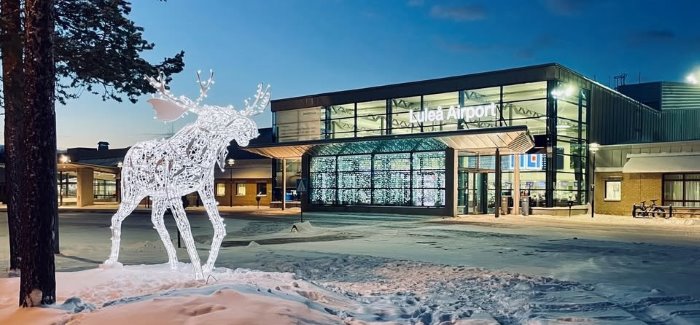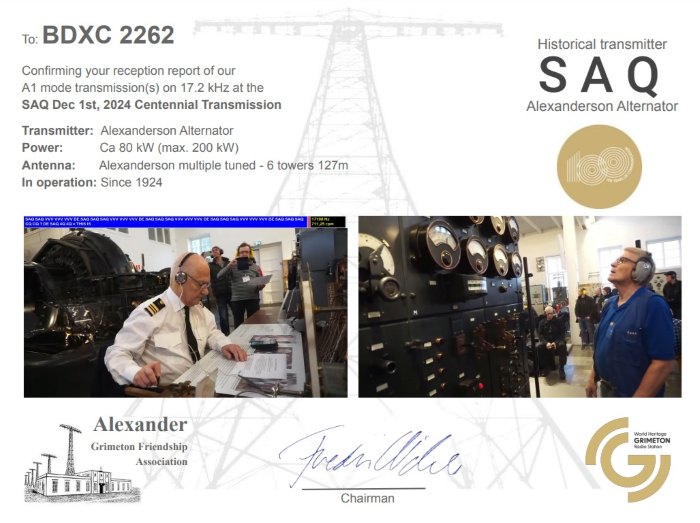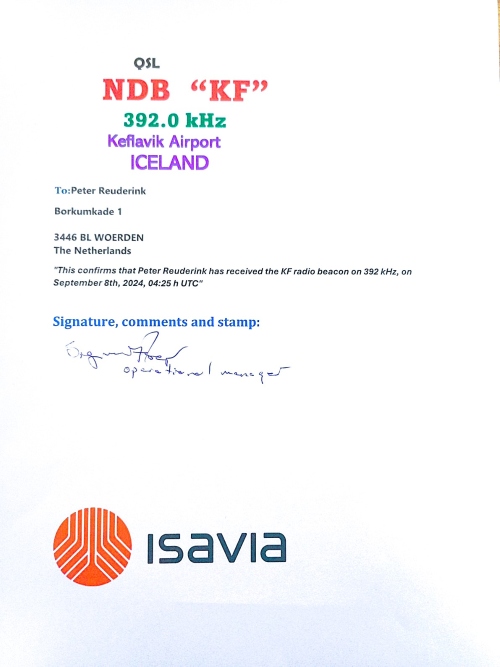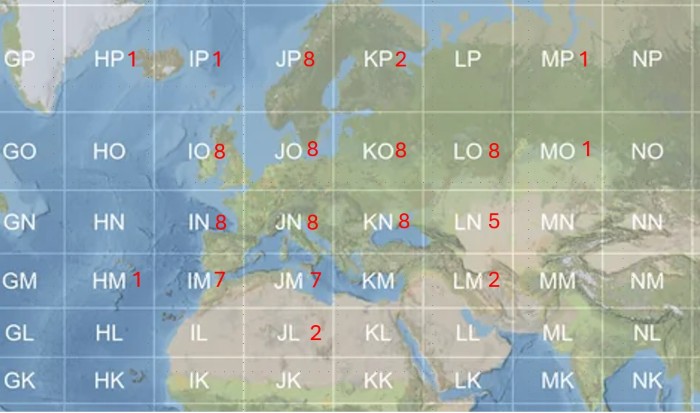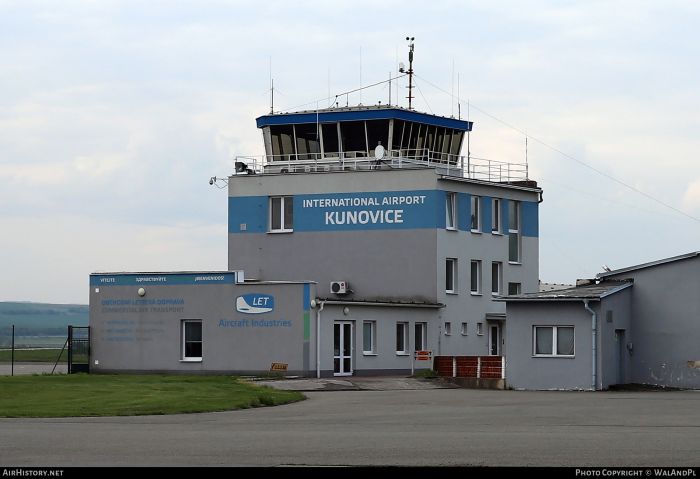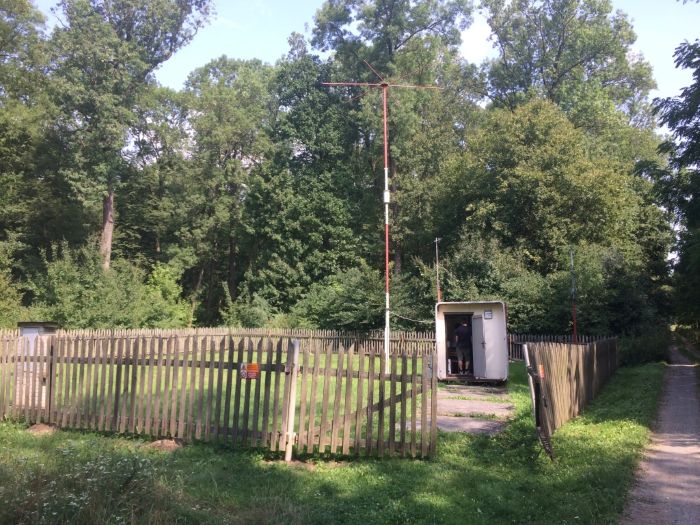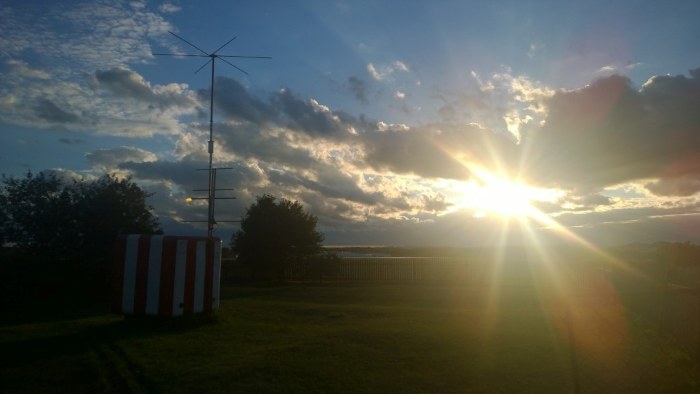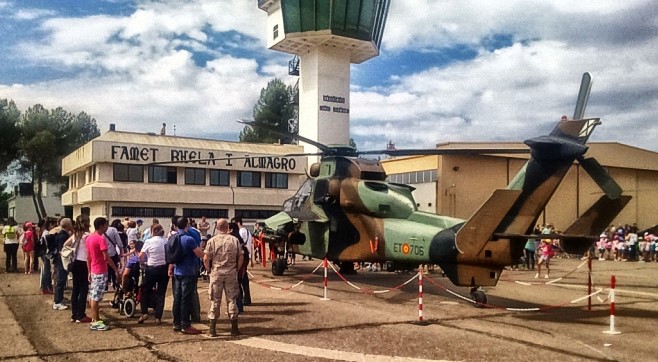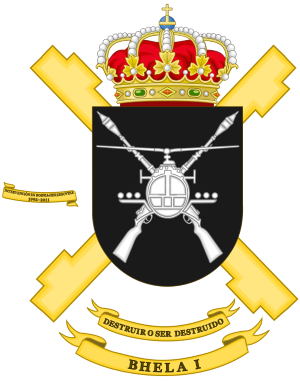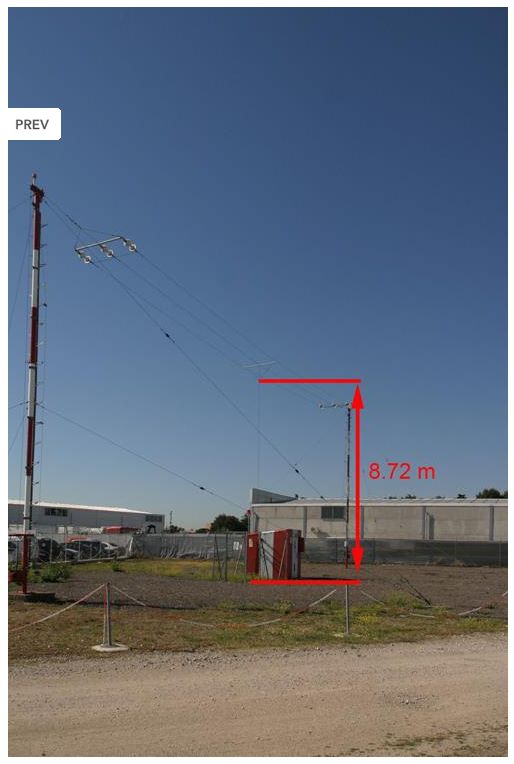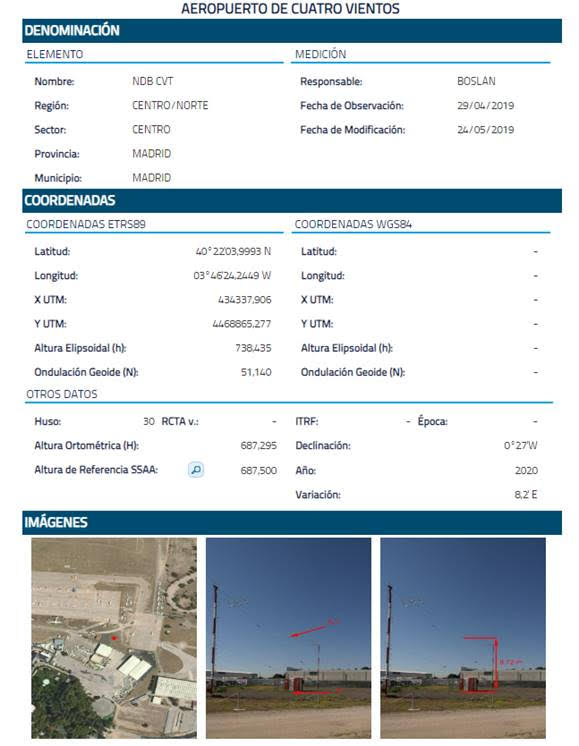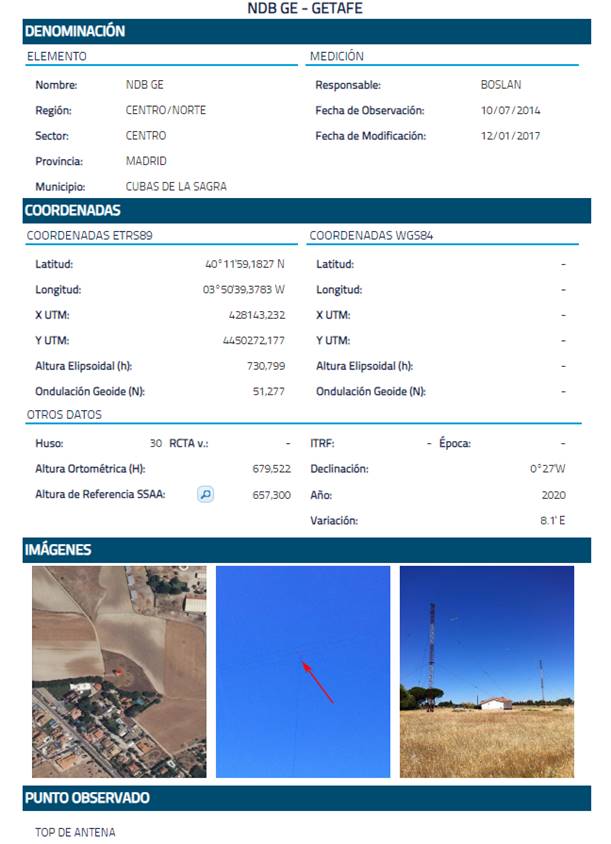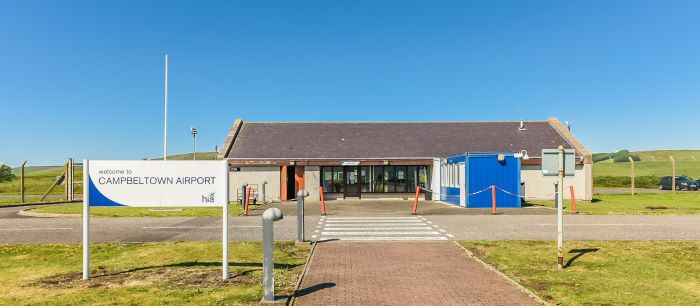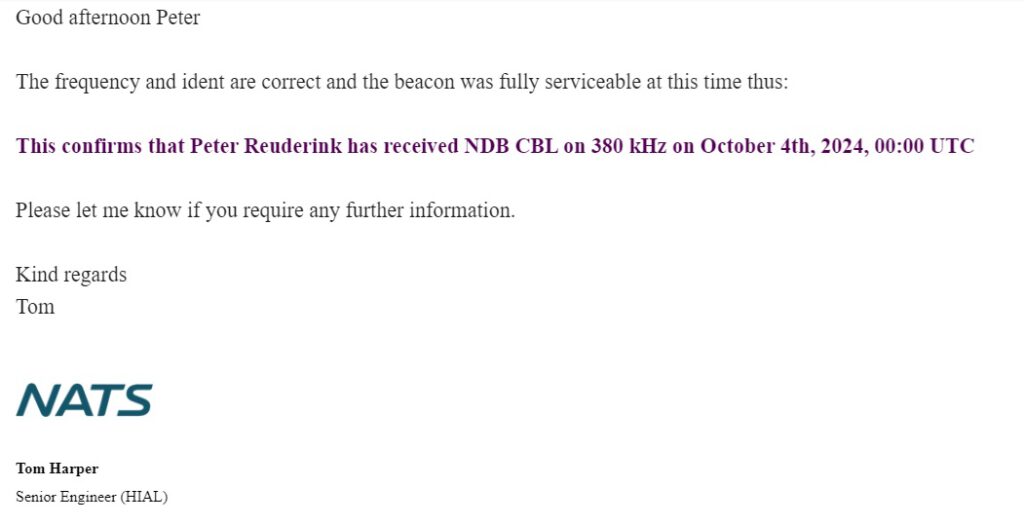
Another beacon from northern Sweden confirmed. A QSL for NDB OO-369 Örnsköldsvik. The other NDB for this airport is OD-322. Chris Landstrom from Aviseq was so kind to send a confirmation (together with NDB OL Luleå):
As for OO, it’s definitely our station but it baffles me how your reception was so much worse than previous NDB’s or even OL which is several hundred kilometers further away from you than OO is, I looked into weather history for these dates and saw nothing that should indicate a worse prerequisite in terms of climate and considering OO’s placement there shouldn’t be any difficult obstructions or similar making it much worse than OL. I’m not aware of any conflicting frequencies that could play a role but maybe you have an idea what could cause this? Our monitoring receivers are generally placed at nearby airports so any long-range discrepancies wouldn’t be picked up; but it would be fun to understand it better.
“I’m happy to confirm that Peter Reuderink has received the following stations:
NDB OO on 369 kHz on October 26th, 2024, 22:15 h UTC, and
NDB OL on 377 kHz, on October 27th, 2024, 23:15 h UTC”
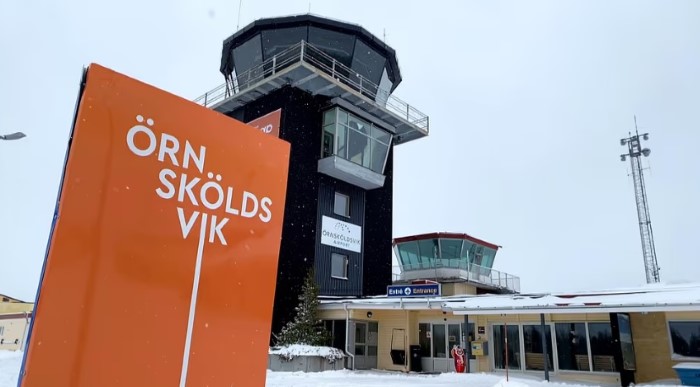
I explained Chris that the quality of the reception depends on the propagation at the time I scan that specific part of the frequency band. And at the time conditions were not stellar due to solar activity. Moreover, OO shares a frequency (with similar offsets) with NL Goteborg-Landvetter and MNE Munich, which are more or less in the same antenna direction and definitely much stronger at my QTH.
It’s nice to have these sort of conversations with the engineers that maintain these beacons!

